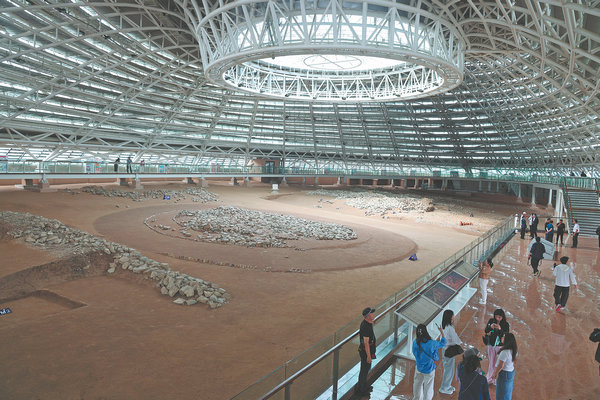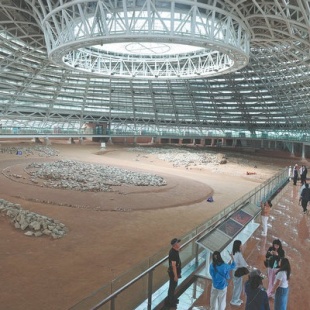Prehistoric echoes of our future
Global scholars explore how Chinese civilization's roots nourish profound modern vitality, report Fang Aiqing and Wu Yong in Chaoyang, Liaoning.


The significance of the Neolithic Hongshan culture in shaping ancient Chinese ritual systems was highlighted at the inaugural International Communication Conference on Hongshan Culture and Vision China event held on Saturday in Chaoyang city, Liaoning province. The day also marked the Cultural and Natural Heritage Day in China.
Coorganized by the National Cultural Heritage Administration, China Daily, the publicity department of the Communist Party of China Liaoning Provincial Committee and the publicity department of the CPC Inner Mongolia Autonomous Regional Committee, the event brought together archaeologists from home and abroad, Sinologists, celebrities and foreign youth representatives in China to discuss Hongshan's role in the formation and development of Chinese civilization, its cultural legacies and modern relevance.
Flourishing around 6,500 to 4,900 years ago in the West Liaohe River basin of northeastern China, Hongshan culture is best known for its exquisite jade artifacts and primordial Chinese dragon motifs.
Most of the culture's more than 1,100 archaeological sites are distributed in southeastern Inner Mongolia, western Liaoning and northern Hebei province.
At the Saturday event, experts reviewed recent archaeological discoveries and research progress on Hongshan culture conducted in Liaoning and Inner Mongolia, emphasizing the importance of cultural exchanges.
The benefits are evident not only in the sophisticated jade and pottery workmanship that indicates frequent interactions between Hongshan and other prehistoric cultures, but also in the enhanced collaboration among the three provincial-level regions, and between domestic and foreign scholars, in studying Hongshan society.





































